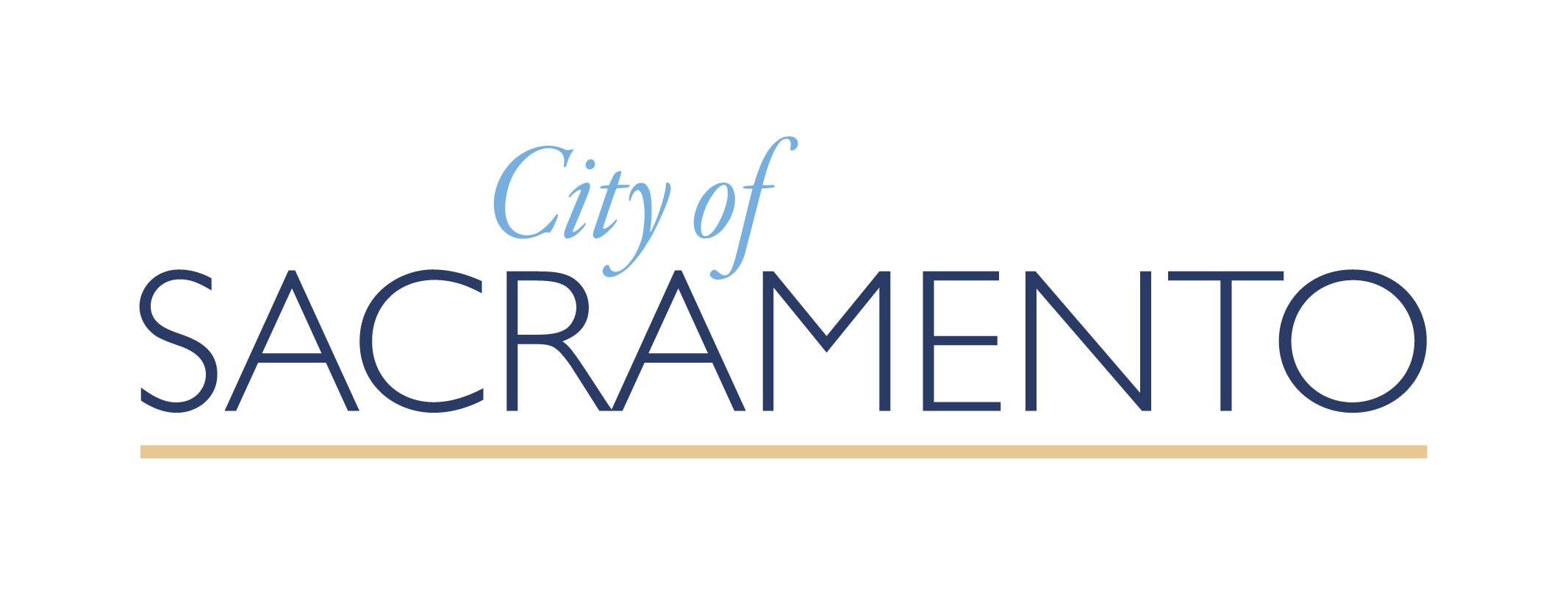
Warning message
The installed version of the browser you are using is outdated and no longer supported by Konveio. Please upgrade your browser to the latest release.
Sacramento Urban Forest Plan

 You can zoom in or zoom out as much as you need. Click the magnifying glass icons at the bottom right corner of the document.
You can zoom in or zoom out as much as you need. Click the magnifying glass icons at the bottom right corner of the document. Add comment
Erik Jun 25 2024 at 1:54PM on page 43
Erik Jun 25 2024 at 1:51PM on page 43
Erik Jun 25 2024 at 1:26PM on page 30
Erik Jun 25 2024 at 1:23PM on page 30
Erik Jun 25 2024 at 1:19PM on page 28
Erik Jun 25 2024 at 1:12PM on page 28
Erik Taylor Jun 25 2024 at 12:43PM on page 21
Erik Taylor Jun 25 2024 at 12:40PM on page 20
Erik Taylor Jun 25 2024 at 12:34PM on page 20
Erik Taylor Jun 25 2024 at 12:26PM on page 19
Erik Taylor Jun 25 2024 at 11:34AM on page 19
Erik Taylor Jun 25 2024 at 11:25AM on page 19
Erik Taylor Jun 25 2024 at 11:17AM on page 18
Erik Taylor Jun 25 2024 at 11:09AM on page 17
Erik Taylor Jun 25 2024 at 11:06AM on page 17
Erik Taylor Jun 25 2024 at 11:05AM on page 17
Erik Taylor Jun 25 2024 at 11:03AM on page 16
Erik Taylor Jun 25 2024 at 11:01AM on page 16
Erik Taylor Jun 25 2024 at 10:54AM on page 16
Erik Taylor Jun 25 2024 at 10:27AM on page 7
Victoria Vasquez Jun 21 2024 at 11:58PM on page 188
Victoria Vasquez Jun 21 2024 at 11:52PM on page 55
Victoria Vasquez Jun 21 2024 at 11:47PM on page 52
Victoria Vasquez Jun 21 2024 at 11:30PM on page 23
Victoria Vasquez Jun 21 2024 at 11:29PM on page 23
Victoria Vasquez Jun 21 2024 at 11:28PM on page 21
Victoria Vasquez Jun 21 2024 at 11:16PM on page 103
Victoria Vasquez Jun 21 2024 at 11:14PM on page 101
Victoria Vasquez Jun 21 2024 at 11:10PM on page 96
Victoria Vasquez Jun 21 2024 at 11:04PM on page 92
Victoria Vasquez Jun 21 2024 at 11:03PM on page 91
Victoria Vasquez Jun 21 2024 at 11:02PM on page 91
Victoria Vasquez Jun 21 2024 at 10:52PM on page 86
Victoria Vasquez Jun 21 2024 at 10:51PM on page 85
Victoria Vasquez Jun 21 2024 at 10:46PM on page 84
Victoria Vasquez Jun 21 2024 at 10:43PM on page 82
Victoria Vasquez Jun 21 2024 at 10:40PM on page 81
Victoria Vasquez Jun 21 2024 at 10:34PM on page 80
Victoria Vasquez Jun 21 2024 at 10:27PM on page 80
Victoria Vasquez Jun 21 2024 at 10:23PM on page 77
Mr. Burke A. Lucy Jun 21 2024 at 5:37PM on page 82
• Respondents hoped to see more fruit and nut bearing trees in the city and increased gleaning efforts to provide food to low-income and un-housed populations." Fruit and nut trees provide habitat and sustenance for wildlife and food for us. That should be added as 2.1.2 E. here to add fruit and nut bearing trees, especially those on the City's "River Friendly Landscape Plant List" as very low to medium water-use. Those include these trees:
- Pomegranate (Punica granatum)
- Chinese Jujube (Ziziphus jujuba)
- Olive (Olea europaea)
- Date Palm (Phoenix dactylifera)
- Strawberry Tree (Arbutus unedo)
- Holly Oak (Quercus ilex)
- Judas Tree (Cercis siliquastrum)
- White Mulberry (Morus alba)
Shrubs (if you can include shrubs)
- Skunk Bush (Rhus trilobata) - also a California native
- Pineapple guava (Acca sellowiana - Feijoa sellowiana)
- Japanese Rose or Rugosa Rose (Rosa rugosa)
- Cherry Laurel, English Laurel (Prunus laurocerasus)
- Ebbinge's silverberry (Elaeagnus xebbingei)
- Silverberry (Elaeagnus Pungens)
The City's existing 10-year old list referenced in footnote #75 includes several fruitless trees and recommends for one, "elect seedless cultivars to avoid litter from fruit." Fruit is NOT litter.
I understand fruit trees require extra pruning and maintenance, but this should be an added priority for the City at least or especially to allow on private property.
Dan Meier Jun 21 2024 at 1:28PM on page 98
Dan Meier Jun 21 2024 at 12:57PM on page 98
Dan Meier Jun 21 2024 at 12:46PM on page 85
Dan Meier Jun 21 2024 at 12:38PM on page 85
Dan Meier Jun 21 2024 at 12:25PM on page 98
Dan Meier Jun 21 2024 at 12:19PM on page 98
RAY TRETHEWAY Jun 21 2024 at 10:27AM on page 11
Urban forests are a reflection of the values and aspirations of the community pies they serve.
90% of the trees that make up our urban forest are owned and managed by private property owners.
The best urban forest does not happen by chance. The best urban forest is the result of the collective will and resolve of a community to develop and implement policies, ordinances, budgets and best practices based upon research, studies and practical experiences and knowledge.
Protection of our existing mature tree canopy is imperative - this canopy is the frontline to ameliorating urban heat islands and harmful air pollution, as well as carbon storage and lowering summer energy consumption.
The best urban forest is one that has extensive canopy cover in all neighborhoods, healthy and low risk.
The best urban forest must be equitable
The best urban forest demonstrates positive returns on program investment’s and return in community benefits.
The best urban forest values, protects and manages our native tree and natural areas.
Community education, partnerships and engagement are the civic cornerstones to building the best urban direst.
Howard Levine Jun 21 2024 at 9:56AM on page 119
Howard Levine Jun 21 2024 at 9:48AM on page 89

 bubble to view comments.
bubble to view comments.
Comments
View all Cancel